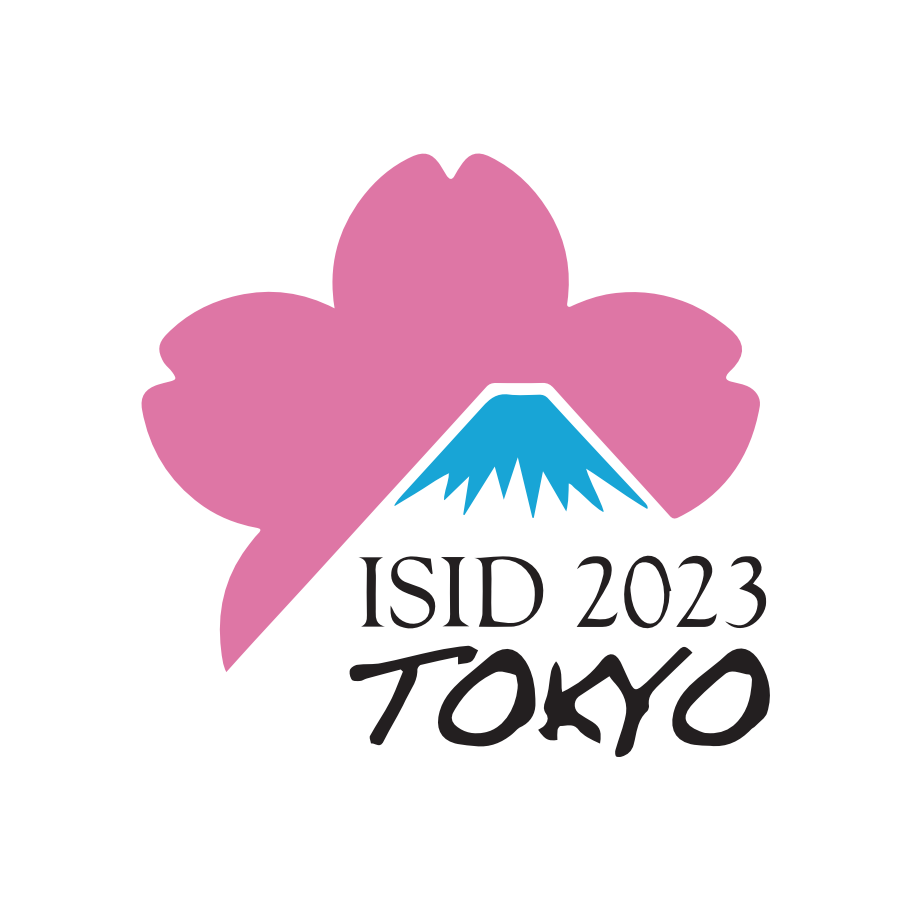SKINDEV attends the First International Societies for Investigative Dermatology Meeting at Tokyo
SKINDEV attends the First International Societies for Investigative Dermatology Meeting at Tokyo
SKINDEV attends the First International Societies for Investigative Dermatology Meeting at Tokyo (ISID 2023) with a poster presentation from our collaborators at the Imperial College.

In silico prediction of the targeted killing of S. aureus in coinfections with S. epidermidis in atopic dermatitis lesions AA Mannan, J Lee, T Miyano and R Tanaka Department of Bioengineering, Imperial College London, London, United Kingdom
Atopic dermatitis (AD) patients commonly face debilitating skin-damaging infections with S. aureus (SA) in lesional skin, where skin commensal S. epidermidis (SE) also resides. This study aims to discover how SA can thrive in admixtures with SE in lesions, even though SE can inhibit SA virulence and kill SA, and investigate if targeted killing of SA could recover the skin barrier integrity, even in coinfections with SE strains recently discovered to cause skin damage. To elucidate emergent behaviours from complex interactions between SA, SE, and the skin barrier, we developed an in silico model of their dynamic interactions based on published data. In silico experiments unveiled that large skin-damaging SA populations could indeed coexist in lesions in admixture with large SE populations only if the rate of killing of each population by the other, via secreted bacteriocins, was very low. This suggests that SE may not be attacking SA as strongly as suggested in in vitro studies, since coinfection is typically observed from swabs of AD lesions. In silico application of a therapy that kills only SA in coinfections with a non-skin-damaging SE strain was successful in recovering the skin barrier integrity if the SA-kill rate is high enough. It was also successful even if SE was of a skin-damaging strain, but only when the SA-kill rate falls in a “Goldilocks region” e just enough so SA are killed slowly and continue to contribute to controlling SE growth and their skin-damaging. However, the therapy fails if the skin turnover is too slow or the growth of SE is not attenuated enough by the improved skin integrity, suggesting that targeted killing of SA may not work for patients with poor skin physiology and coinfection with skin damaging SE. This work demonstrates that in silico modelling can elucidate non-intuitive behaviours of the microbiome, e.g. SA-SE coinfections arise from their weak interaction, and be used to predict therapy outcomes for various infection scenarios that are difficult to be elucidated experimentally
